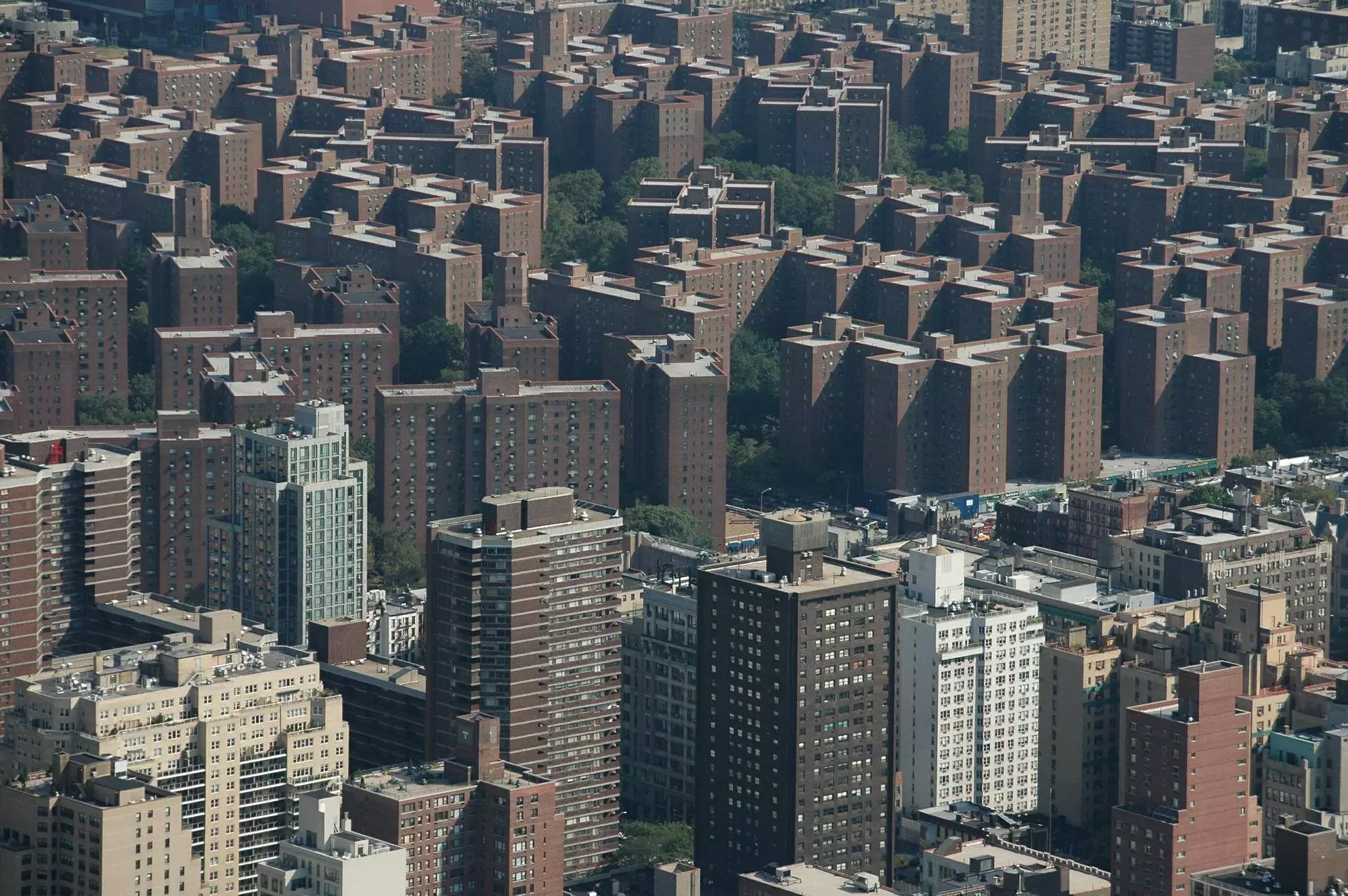Air pollution is an insidious issue impacting millions worldwide, yet the nuances of individual exposure often go unexamined. A fresh study co-authored by researchers from MIT provides an eye-opening perspective by integrating mobility data to capture the true extent of air pollution exposure among residents of the Bronx, New York. Traditionally, studies have relied on geographic location to estimate exposure levels, overlooking the critical dimension of daily movement. By using real-time mobile data, researchers offer a compelling narrative that challenges commonly held perceptions and urges a reevaluation of how we assess air quality.
Beyond Living and Working: The Mobility Factor
The importance of mobility as a factor in air pollution exposure cannot be understated. Conventional assessments only consider where individuals live or work, but this oversimplifies the complexities of urban life. The MIT study highlights how people’s daily travels—whether for work, education, or leisure—significantly affect their exposure to particulate matter (PM). The findings reveal a startling 2.4% increase in exposure levels when accounting for daily mobility. This data suggests that policymakers must adopt a more holistic approach, recognizing that urban environmental health cannot solely rely on zip codes or fixed locations.
Breaking Down the Data
At the heart of this study lies a sophisticated methodology that marries mobility and pollution data. Researchers equipped New York City’s civic service vehicles with solar-powered environmental sensors, enabling real-time air quality monitoring across the Bronx. Coupled with anonymized mobile data from 500,000 individuals, this innovative approach offers a granular understanding of pollution exposure patterns. As co-author Paolo Santi eloquently states, integrating mobility information with air quality metrics creates an accurate narrative of exposure dynamics, revealing deeper insights than traditional studies could provide.
Unraveling the Disparities
One of the most striking revelations from the study is that air pollution exposure is not uniformly experienced. Disparities based on income and ethnicity underscore the need for targeted interventions. Predominantly Hispanic communities are particularly vulnerable, facing some of the highest exposure levels in the Bronx. The nuances reveal further within-community disparities, prompting critical questions about systemic inequities. With asthma rates 2.5 times higher in the Bronx than in other boroughs, the implications of such disparities extend beyond mere statistics—they resonate on a deeply personal level for many residents.
The Role of Urban Design in Public Health
Air pollution serves as a reminder of the intersection between urban design and public health. The Bronx, marked by industrial zones and heavy traffic, exemplifies how infrastructure decisions can spike pollution levels, with expressways becoming points of concentrated exposure. The implications of these findings challenge urban planners and public health officials to rethink the designs of transport routes, park placement, and community spaces to mitigate air quality issues. As such, this study not only elucidates the problem but also extends an invitation for creative solutions that prioritize health alongside urban development.
Implications for Future Research
While the study’s results hinge on data collected during the COVID-19 pandemic—a critical period with altered mobility patterns—the findings establish a foundation for future research on air quality. The model applied here can be expanded to other pollutants and locations, enriching our understanding of urban health issues. An Wang’s emphasis on the adaptability of this methodology underscores its potential utility in broader environmental studies, presenting possibilities for comprehensive evaluations of various toxic exposures.
The Promise of Technology in Environmental Monitoring
The success of this MIT study illustrates how technology can serve as an ally in the fight against air pollution. By transforming civic service vehicles into moving environmental sensors, cities can cost-effectively enhance air quality monitoring. Carlo Ratti’s insights on the feasibility of such initiatives highlight the reality that urban infrastructure, when effectively leveraged, can play a pivotal role in health monitoring. This technology-oriented approach paves the way for innovative solutions that utilize existing resources to drive meaningful change.
The revelations brought forth by this study invite us to ponder the complexities of air pollution exposure and its societal implications. The disparities it uncovers urge stakeholders—from policymakers to urban planners—to engage actively with the evidence and collaborate on creating healthier environments. Air pollution is not merely an issue of environmental science; it is a multi-faceted public health challenge demanding immediate attention and action from all corners of society. As cities evolve, so must our strategies against the looming threat of pollution, making this a crucial moment for reflection and proactive measures.


Leave a Reply